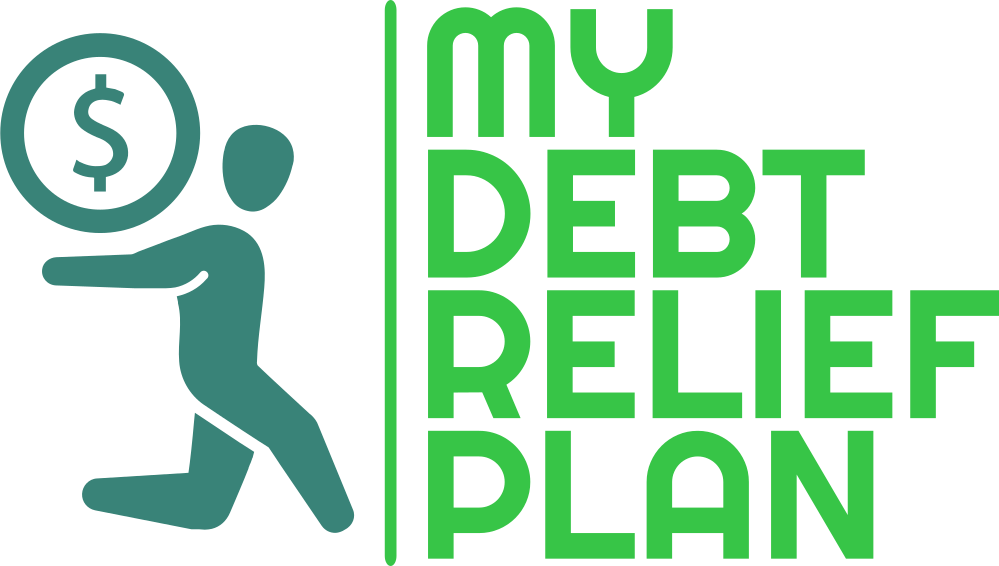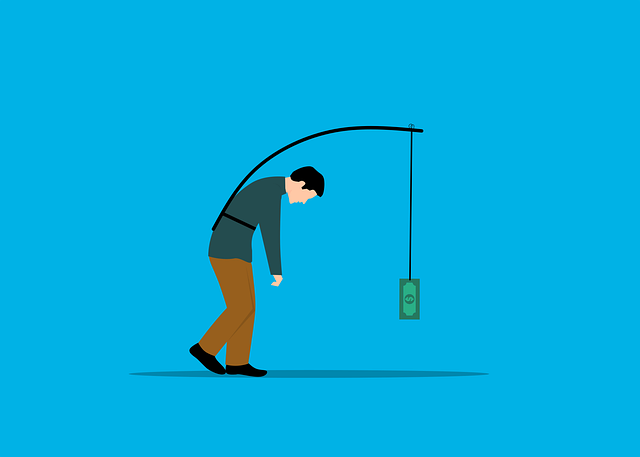How To Get Out Of Debt: In 7 Steps
Getting into debt is a lot easier than people think. All it takes is a bounced bank cheque or an exceeded credit limit and the charges start flying in. Whether you got into debt after exceeding your credit limit or after taking out a loan you couldn’t pay back. It can sometimes feel impossible to get yourself back out of debt again.
For many people, debt can cause a lot of worry, stress and anxiety, but there is no need to panic, there are many ways you can get yourself out of debt. Tackling your debt problems and taking control of your finances will relax your mind and reduce your stress levels.
You can begin getting your finances in control by following our seven simple steps to get out of debt.
Step 1 – Admit that you are in debt
Instead of hiding away from the truth, acknowledge that you are in debt. You may not realise it, but even reading this article is a positive first step to dealing with your debt.
Once you admit that your finances are out of control, and you are struggling, you can then start finding solutions to help.
Step 2 – Make a list of your income and spending
It is important to look realistically at your debt problems. Making a list of your income and outgoings will allow you to see where all your money is going each month. Making a list of your income and spending is also an excellent way to begin organising your finances. When you see what you are spending all your money on, you may be surprised by how much of it you waste on unessential buys.
When you make your list make sure that you write down all your income and all outgoings, from bills and rent payments to school fees and food shopping. Making a list will allow you to look at your spending habits realistically and see whether there is anything you can live without or where you can cut costs to save money. Any money that is spare, after paying bills and rent, etc. should go towards reducing your debt.
Keeping a list of your in-goings and outgoings can also be used to show the company you are in debt to, how you are managing your money and trying to pay off your debts.
Step 3 – Increase your income
Consider whether you are getting all the income that you could be, perhaps you are eligible for government benefits and payouts. If you are unsure what you are entitled to, make an appointment to speak to a financial advisor to discuss it.
Another way, to boost your income, is to work longer hours, ask for a pay rise or apply for a part-time job working at Wendy’s. By applying for a second job, you will increase your income and be able to pay off your debts more quickly.
Step 4 – Make some cutbacks
It might be hard to start with, but a simple way to reduce your debt, is to make cutbacks where you can. Look at your spending list and work out where you can make savings – do you really need a Starbucks latte every morning? After a couple of weeks, you will find that cutting back is not that hard and that by making a few small changes, you can make significant savings.
Think about places you can save money:
How could you reduce your transport cost? Instead of driving everywhere, perhaps you could take the bus, walk or cycle to get around? Alternatively, why not look into car sharing, it’s an amazing way to cut your travel costs.
Perhaps you could save money on lunch – take a homemade lunch to work instead of buying from the canteen. Instead of buying lots of luxury foods, stick to a simpler diet. To save money, make all your meals yourself, instead of buying ready meals or takeaways.
Could you be saving money on your bills and utilities? Look into switching energy supplies and other utilities companies. Go online and compare the prices you are paying, you may not realise it, but you may be able to save money by switching to a different supplier.
Step 5 – Prioritise
Once you have worked out how much money you have spare each month, it is important to prioritise your debts. Sit down and work out how much you owe to each company, and then decide what you will pay to who each month.
Commit to making regular debt payments, even if they are only small amounts. If the companies you are in debt to see that you are taking your debt seriously, they will be more supportive and flexible with you.
Whilst it is important to get all your debt paid off, some debts should be prioritised over others, such as debts that will have worse consequences if not paid. Things like mortgage and rent payments, tax bills and utility bills should take priority.
Step 6 – Get in touch
You should now have a list of your incomings and outgoings, a list of debts that take priority and list of those that don’t. The next step is to get in contact with the companies you are in debt to and start communicating and negotiating with them.
Send each of the companies you are in debt to a letter or email explaining that you are struggling with financial problems. Explain how you ended up in debt and how you are going to get out of it. Include a copy of your list of debts and monthly income and outgoings with the letter or email.
You should find that most companies will be empathetic and find ways to help you pay back your debt in small monthly instalments.
Step 7 – Create a long-term plan
Sit down and think about how you are going to get out of your debt in a long-term sense. To help you decide the best way to proceed, get in touch with a debt charity or book an appointment with a financial advisor who specialises in debt.




